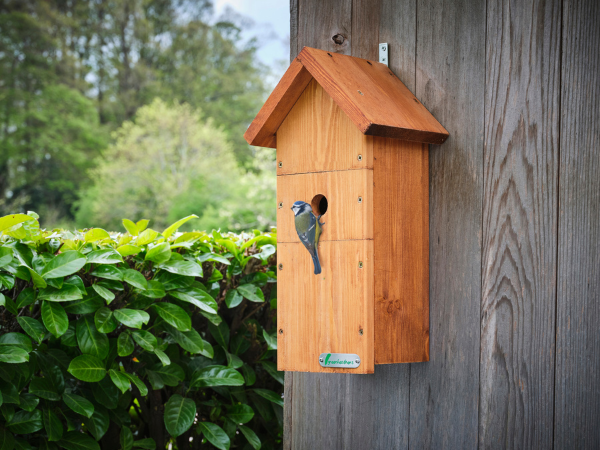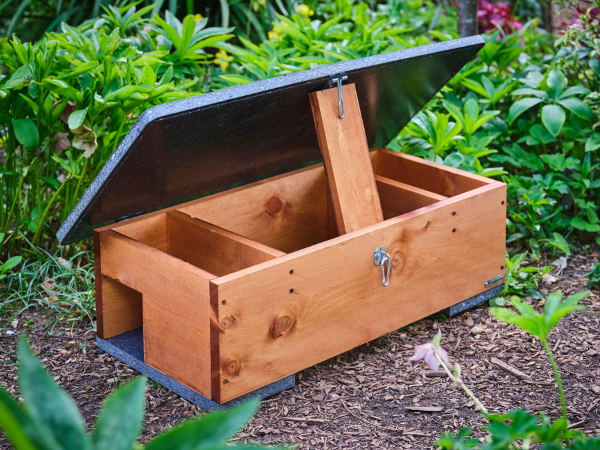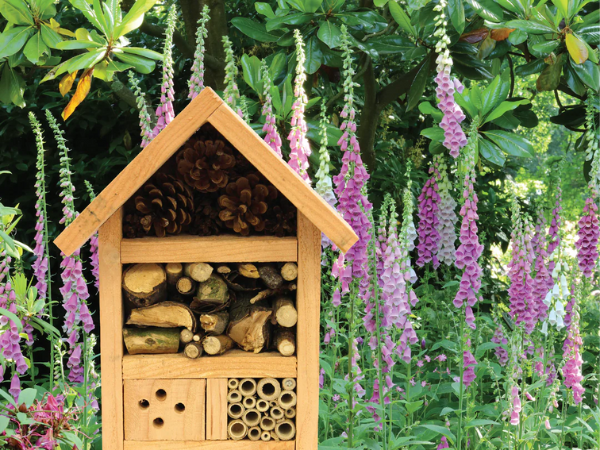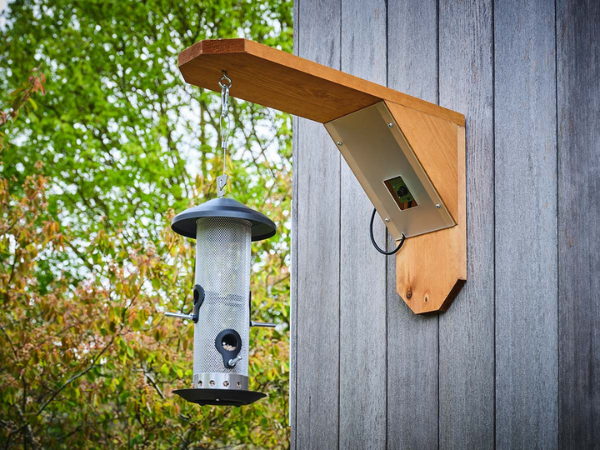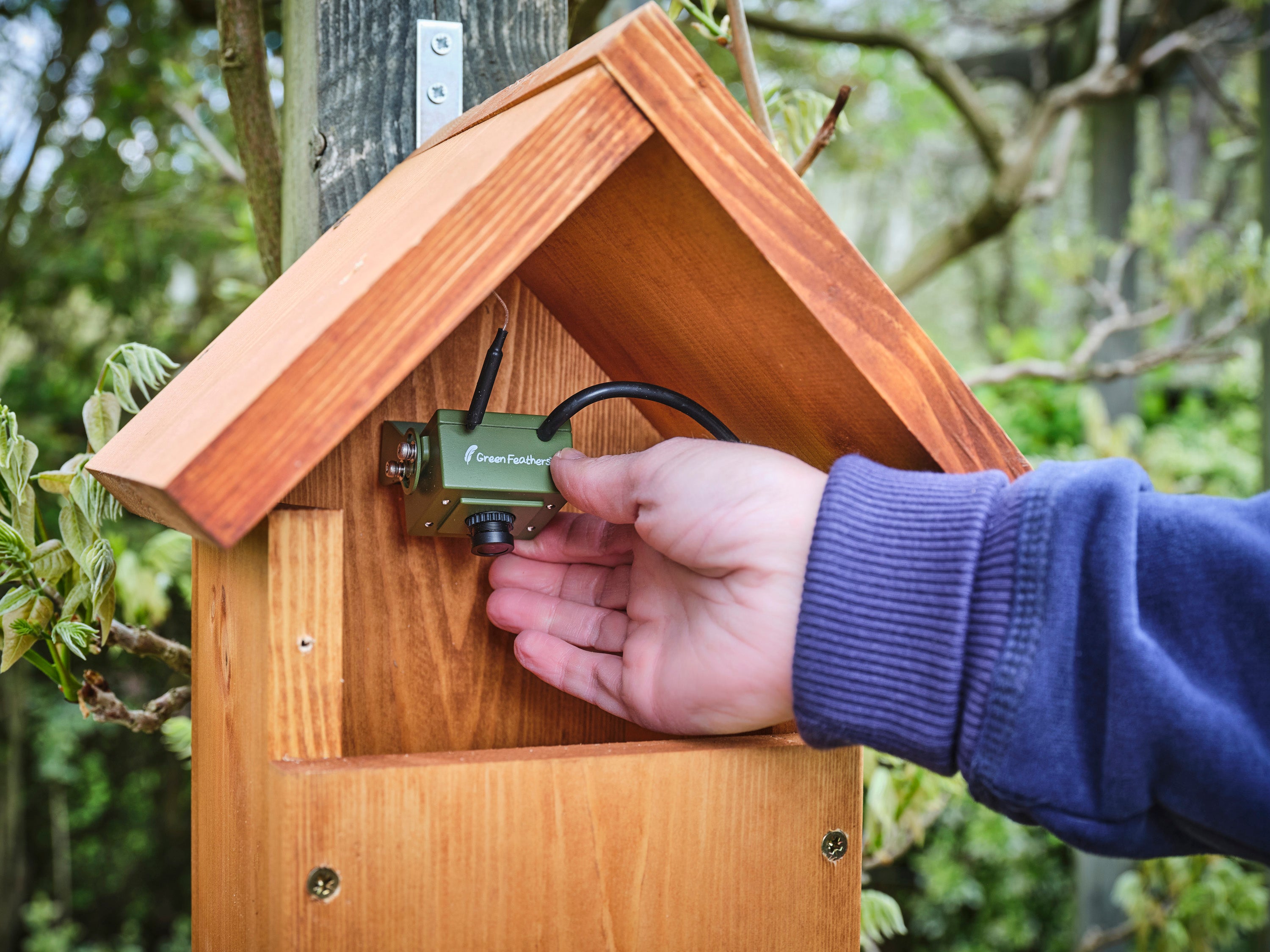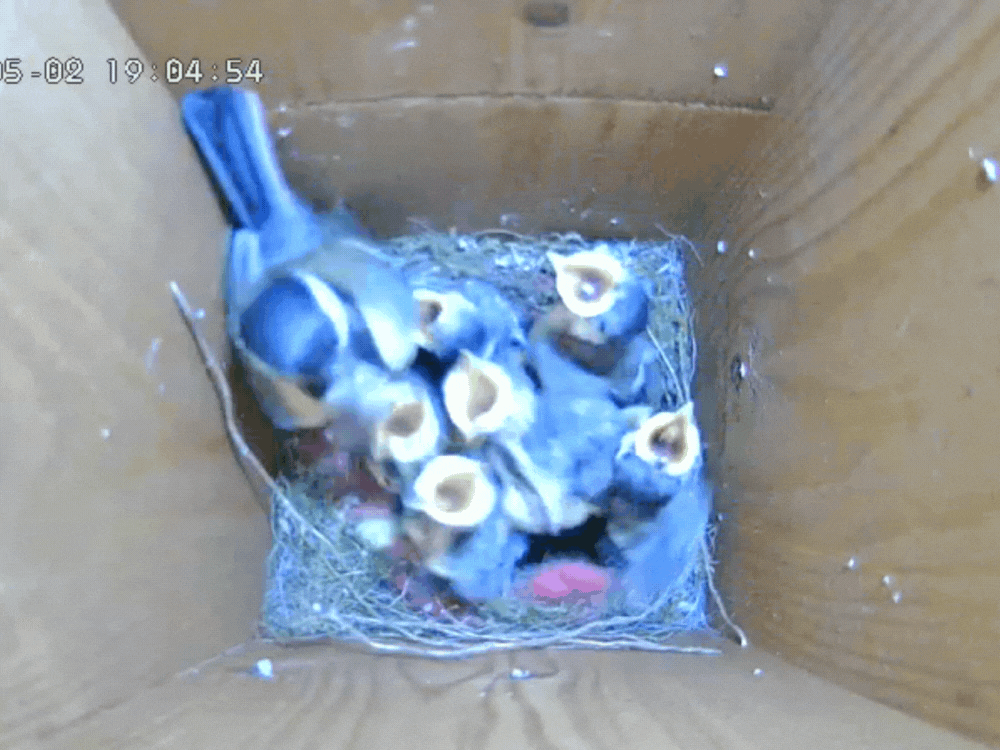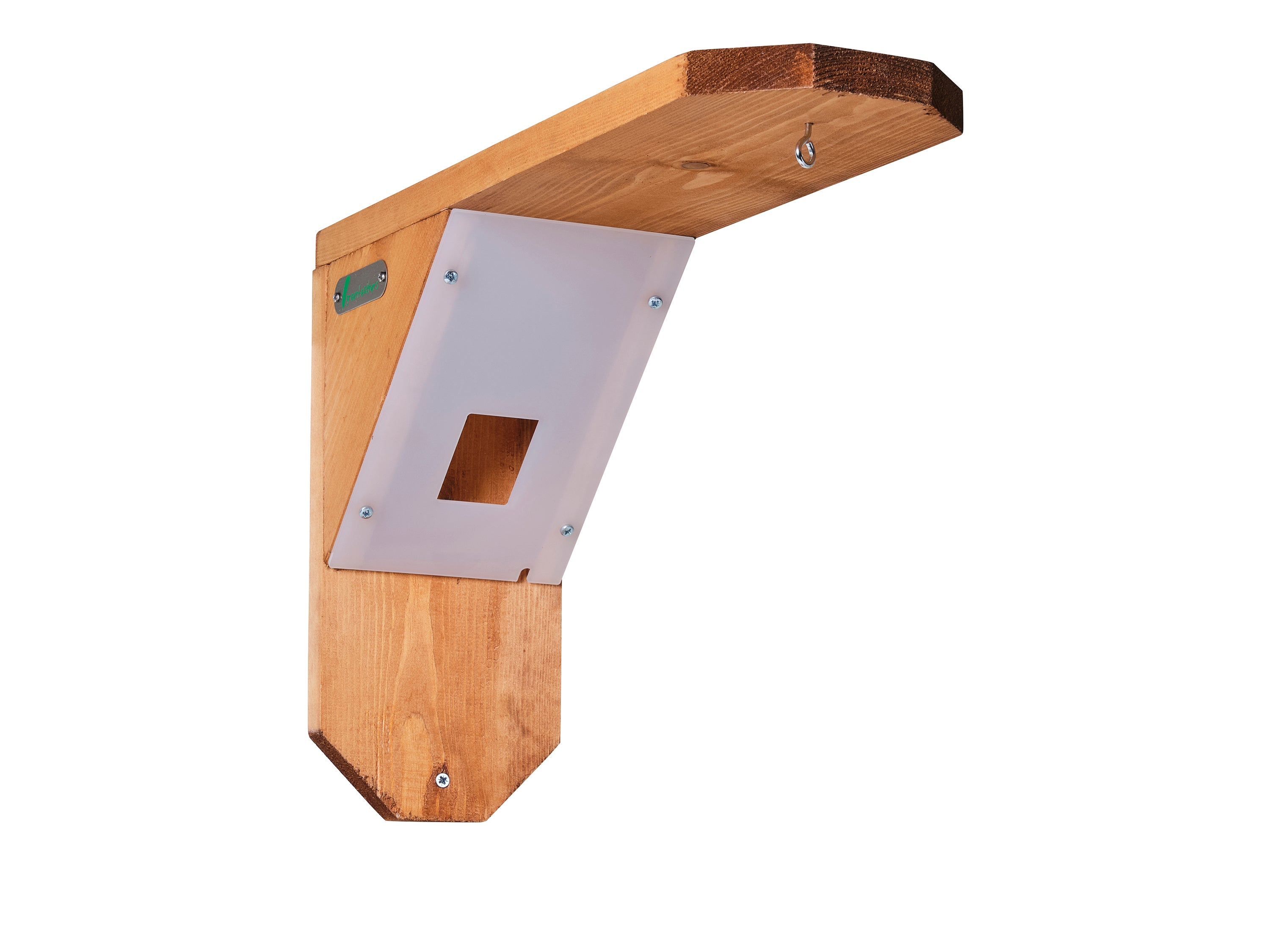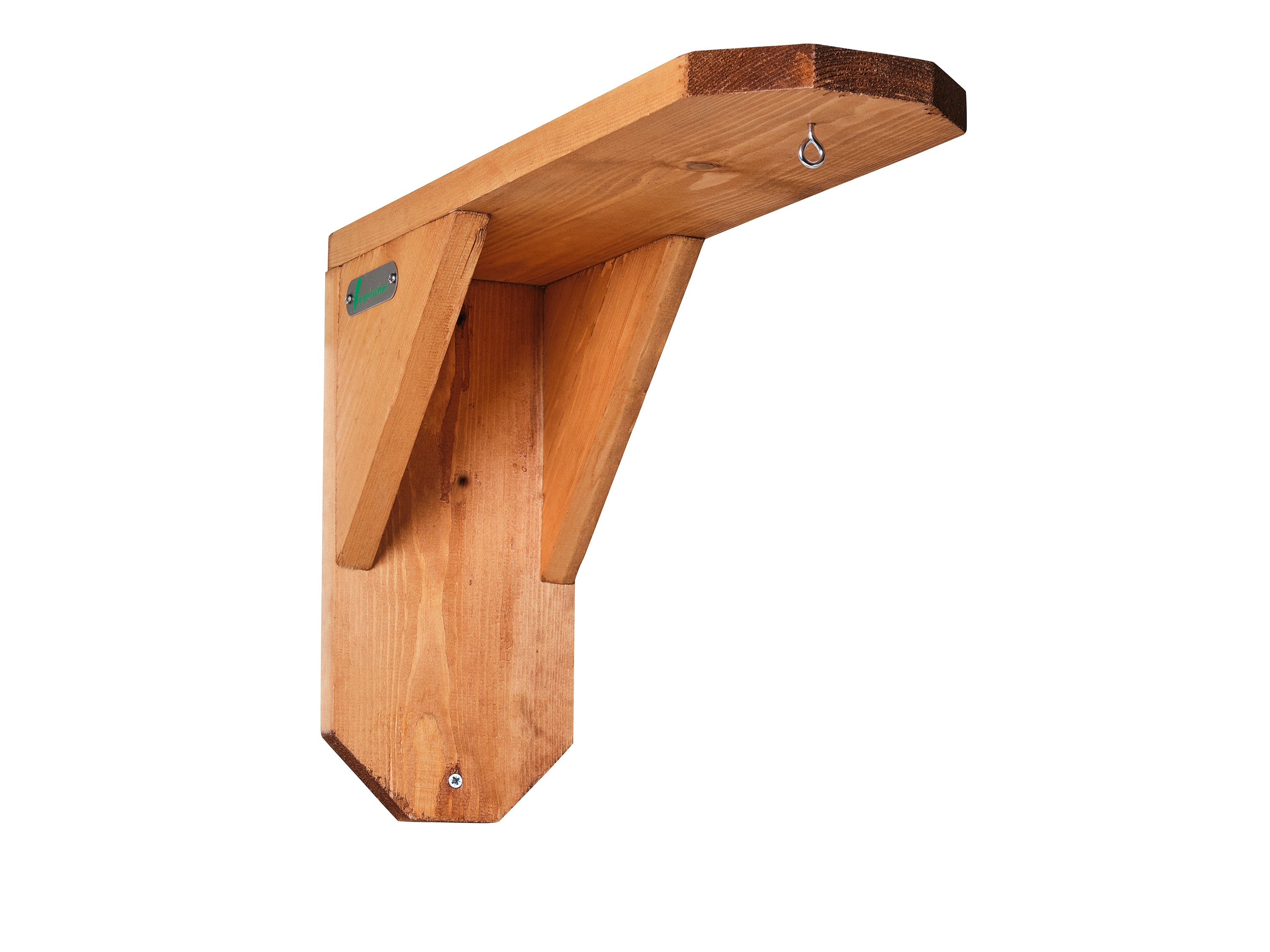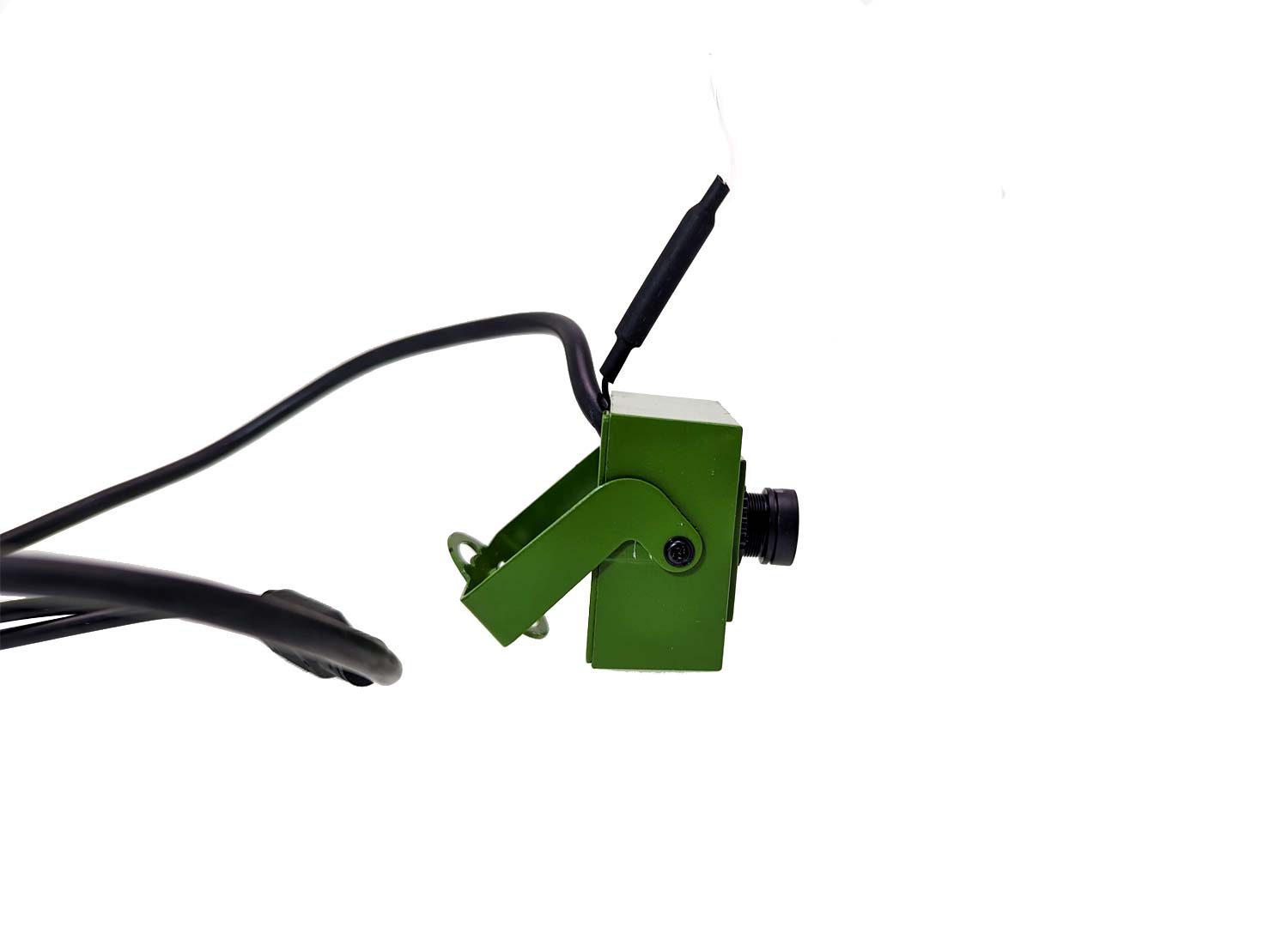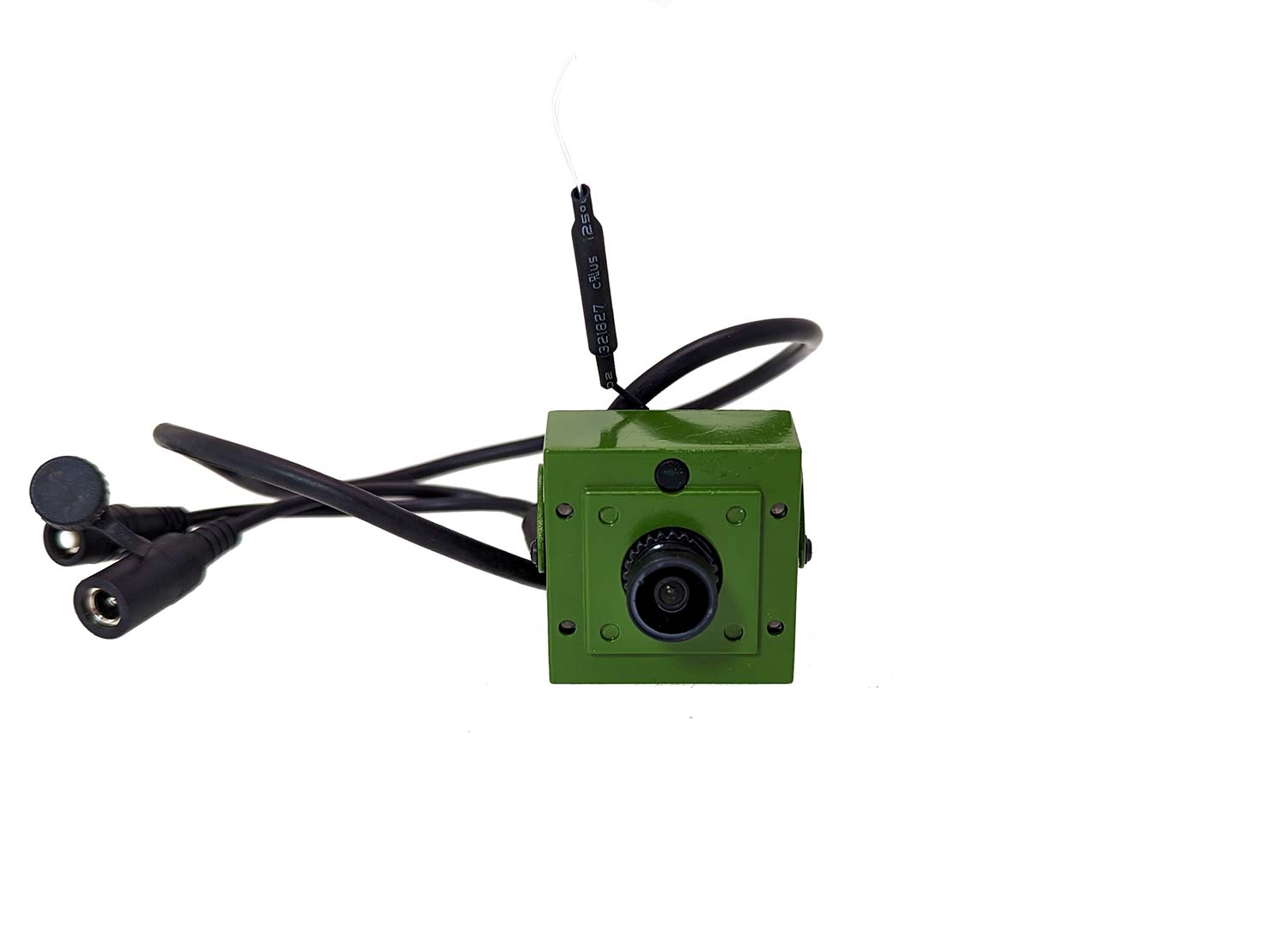As spring arrives and the days grow warmer, many nature lovers eagerly await the return of hedgehogs. These nocturnal creatures spend the colder months hibernating, conserving energy until conditions improve.
But when do hedgehogs come out of hibernation, and what signals their return?
In this guide, we’ll explore the key factors that influence hedgehog hibernation, signs that they have fully emerged, and what they do in the springtime. Plus, if you want to help hedgehogs thrive after their long winter sleep, we’ll share practical tips on how to make your garden a welcoming and safe place for your returning prickly pals.

When do hedgehogs stop hibernating?
Hedgehogs typically stop hibernating in the spring, between late March and early April. However, this can vary depending on a few different factors.
Factors that can influence hedgehogs waking from hibernation
Wondering how hedgehogs know when to wake up? Hedgehog hibernation is biologically-driven, and often depends on the following factors:
1. Temperature
Hedgehogs emerge when nighttime temperatures consistently stay above 5°C. A mild winter may lead to an earlier emergence, whilst a prolonged cold spell can delay waking up.
2. Food availability
They need a reliable food source (insects, worms, and supplemental food) to regain their strength after waking up. Hedgehogs can sense when these are available around them - even in hibernation - hence why you shouldn’t offer food out during hibernation season.
3. Health and fat reserves
A hedgehog that didn’t store enough fat before hibernation may wake up earlier to search for food. They can also wake earlier, or stay in hibernation longer, if they are unwell.
Signs a hedgehog has fully emerged from hibernation
Have you already seen a hedgehog awake? Here’s some signs to look out for, to see if they’ve fully emerged from hibernation - or are just looking for a midnight snack before going back to sleep.
-
Regular nighttime activity, such as wandering and foraging.
-
Drinking from water sources.
-
Leaving droppings along their usual routes.
Did you know that male hedgehogs typically emerge earlier than females? This is because female hedgehogs need more time to recover from weight loss (hedgehogs lose 25-40% of their body weight during hibernation), ready for the mating season to begin.
What do hedgehogs do in spring?

After hedgehogs emerge in the spring, they become active again and focus on regaining weight, exploring their territory, and mating.
1. Forage for food
After losing up to 40% of their body weight, hedgehogs search for insects, worms, and other natural food sources. They may also visit hedgehog feeding stations with wet cat food, mealworms or specialist hedgehog food left in gardens.
Not sure what hedgehogs eat? Check out our guides, including our feeding hedgehog dos and don’ts, to keep your prickly pals fed, happy and healthy.
2. Re-establish territory
Hedgehogs can roam 1-2 miles per night looking for food and shelter. Males especially expand their range, looking for females to spend the mating season with.
3. Begin the mating season
Roughly between April and May, male hedgehogs begin to seek out females to mate. When they do so, male hedgehogs are known to perform a “courtship dance”, where they circle, snort and huff around the female to get their attention.
4. Find a nesting site for birth
If a female hedgehog does get pregnant during the mating season, they’ll begin to prepare a birthing nest in late spring. Hedgehogs are typically pregnant for around 4 weeks, and will give birth to four to five hoglets (baby hedgehogs).
5. Shed their winter nests
Alternatively, male and non-pregnant females will go on the hunt for fresh, better-insulated summer nests - abandoning their old hibernation nest. This is why it is important to empty out your hedgehog house after hibernation.
How to help hedgehogs in spring

Want to help emerging hedgehogs this spring? Here’s some tips that will encourage hedgehogs into your garden and keep them happy and healthy this spring:
1. Provide food and water
After hibernation, hedgehogs need to regain lost weight, so offering extra food and water can be a lifesaver.
The best options include wet cat food (chicken or meat-based, not fish) or specialist hedgehog food. Dry cat biscuits can also help keep their teeth healthy. Always provide fresh water in a shallow dish, especially during dry spells, but avoid giving them milk, as it can cause severe digestive issues.
2. Create a hedgehog-friendly garden
A hedgehog-friendly garden, and wildlife-friendly gardens on a whole, not only provide food, but also shelter and safe passage.
Have a go at “rewilding” your garden, by leaving some areas ungardened with logs, leaf piles, and dense bushes where hedgehogs can find insects and build nests. Alternatively, you could create a hedgehog house in your garden using a kit, like ours.
You should also avoid slug pellets and pesticides, as these can poison hedgehogs or reduce their food supply by killing insects, and create a “hedgehog highway” by cutting small holes in your fence to allow them to roam freely between gardens - with your neighbours’ permission, of course!
3. Check for hedgehogs before gardening
Many hedgehogs suffer injuries from garden tools, so always check around for them before doing any sort of gardening.
Make sure to have a good check around before using strimmers, lawnmowers, or forks in areas with long grass, compost heaps, or dense undergrowth - as these are areas hedgehogs may be hiding. If you’re lighting a bonfire, carefully move the pile first to make sure no hedgehogs are nesting inside.
4. Help injured or underweight hedgehogs
If you see a hedgehog out during the day, it is likely sick or in distress and may need help. However, it’s important to not intervene unless entirely necessary.
In spring, hedgehogs weighing under 600g might struggle to survive, so they may need extra food or professional care. Signs of illness include wobbling, excessive lethargy, or visible injuries. If unsure, reaching out to a rescue centre is the best way to help.
Want to learn more about hedgehogs? Find more resources on our blog, like our hedgehog facts & how to help them, or contact us today for expert info on everything hedgehog.





